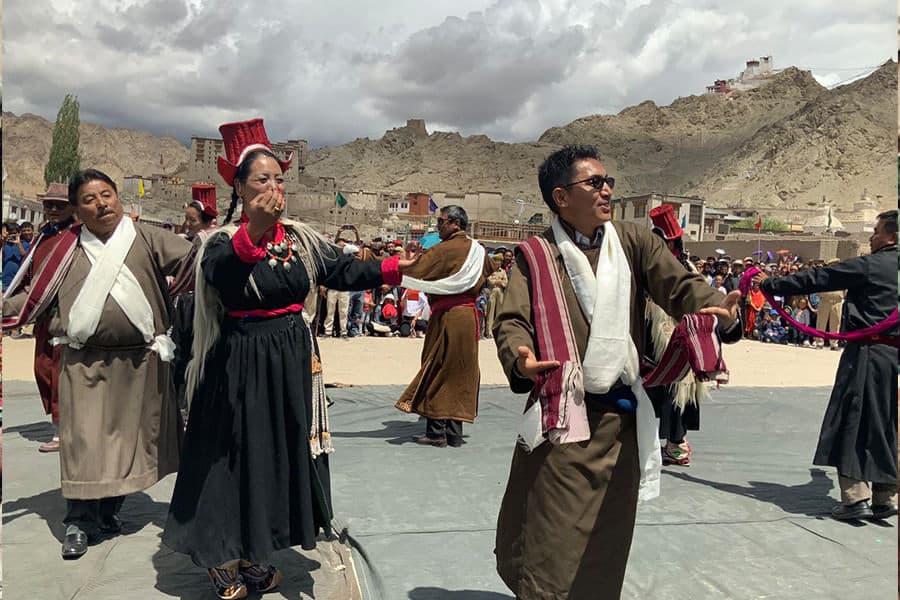Dance and Music of Ladakh
Best time to Visit
AprilMayJune
Season
Dance and Music of Ladakh

Reach out to us
Have An Enquiry? Write To Us…
Popular Packages
No data found


Support Team
+91-7303195208 / +91-9911937751
24 hrs (7 days a week) Except national holidays

Send a Email
info@planmypackage.com
Send a Message to PMP Suppport Team

+91-7303195208
Click to Connect on WhatsApp

Address
201, JPO PLAZA, SECTOR - 18, NOIDA, Gautam Buddha Nagar, Uttar Pradesh, 201301








"This was the best travel experience of my life. Everything was perfectly managed!"
Rohit Sharma
Traveler
© 2026 Plan My Package. All Rights Reserved.
Design & Developed By : Divine Mantra Pvt Ltd